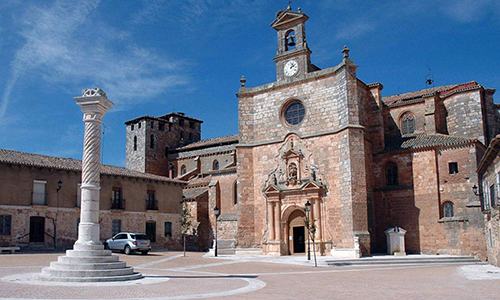
42 km from Burgos, Mahamud is located near Revenga, Presencio, Ciadoncha, Santa María del Campo, and Villahoz. Its patron saint is Saint Michael the Archangel. The village reflects the color of its land, with brick and adobe houses and limestone only in its monumental church. Surrounded by fields of grain, orchards, and vineyards, the Demanda and Mamblas mountain ranges can be seen in the distance. With 151 inhabitants (2008), Mahamud sits on a plain with a healthy climate at an altitude of 829 meters.
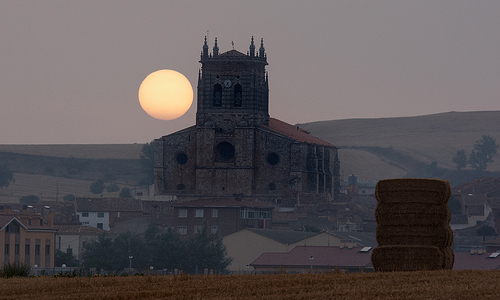
The village was declared a Site of Cultural Interest as a Historic Site on November 2, 1983. It preserves numerous examples of traditional Castilian architecture, with stone houses at the base and brick or adobe floors, sometimes with wooden frameworks. Traditional life can still be seen among the farmyards, orchards, and granaries. Its wineries are noteworthy, hundreds of them on a hill, small and family-run, some still with wine presses and presses in use.
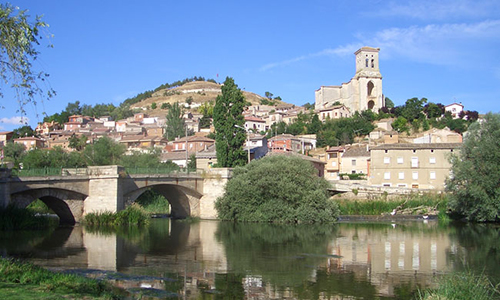
The origins of Pampliega date back to the 2nd century BC, when it appeared in Ptolemy's tables as Ambisna, an important crossroads. Later it became known as Pamplica. In 642, the Gothic nobleman Chindasvinto was proclaimed king here. The Visigoth kings Ervigio and Wamba also had ties to the town, the latter retiring and dying in the now-defunct monastery of San Vicente.
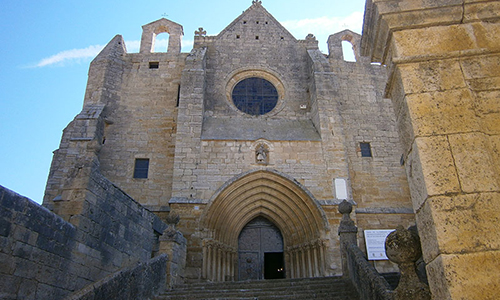
In ancient times, Los Balbases was a prosperous town and the summer residence of Doña Berenguela and the Marquis of Los Balbases, Ambrosio Spínola. Although it has lost some of its splendor, it retains its stately and tranquil atmosphere, visible in its arched doorways, manor houses, and two magnificent churches. It has an Ethnological Museum and a Parish Museum. In the 18th century, it was part of the Castrojeriz district under the lordship of the Marquis of Los Balbases, a title then held by Manuel Miguel Osorio y Spínola.
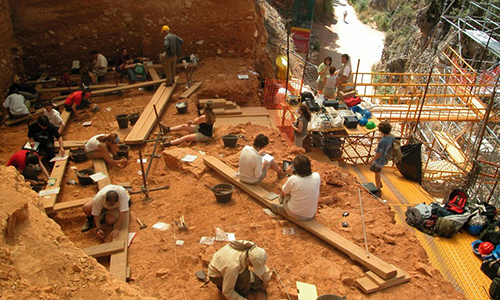
The Sierra de Atapuerca, north of Ibeas de Juarros (Burgos), is a small mountain range between the Cantabrian Mountains and the Iberian System. Declared a Site of Natural Interest, Asset of Cultural Interest, and World Heritage Site, it is notable for its exceptional archaeological sites containing remains of Homo antecessor, heidelbergensis, sapiens, and other hominids.
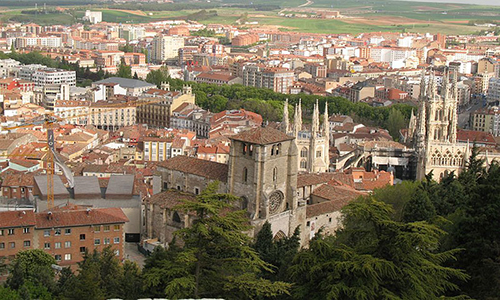
Burgos, located in the north of the Iberian Peninsula, is the capital of the province of the same name and has a population of around 180,000. Founded in 884 by Count Diego Rodríguez Porcelos, it was the capital of the county and kingdom of Castile, as well as the seat of the Laws of Burgos of 1512, precursors of human rights. Its Gothic cathedral, a World Heritage Site, the monastery of Las Huelgas, the Miraflores Charterhouse, and the Museum of Human Evolution, linked to the Atapuerca archaeological sites, are particularly noteworthy.
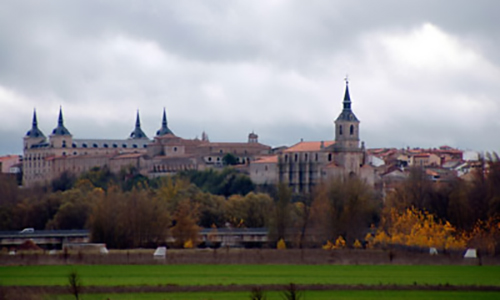
Lerma, or Villa Ducal de Lerma, is located in the Arlanza region (Burgos) and its history is linked to the patronage of the Duke of Lerma, favorite of Philip III. Together with Covarrubias and Santo Domingo de Silos, it forms the Arlanza Triangle and was declared a historic-artistic site in 1965. Its Herrerian architecture stands out, as does the Ducal Palace—now a Parador hotel—its large Plaza Mayor, and three cloistered convents, one of which belongs to the Iesu Communio institute. Home to the Arlanza Designation of Origin and the Agricultural Market, it celebrates the Agricultural Machinery Fair and the Baroque Festival, which is of Cultural Tourist Interest.
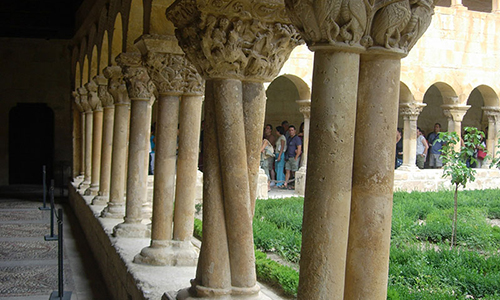
Santo Domingo de Silos, in the region of La Demanda (Burgos), forms part of the Arlanza Triangle alongside Lerma and Covarrubias. It is also part of the Way of El Cid. Its famous monastery, a Romanesque gem, is linked to the figure of Rodrigo Díaz de Vivar, who, together with his wife Jimena, donated estates to the monastery while its cloister was being built in the 11th century.
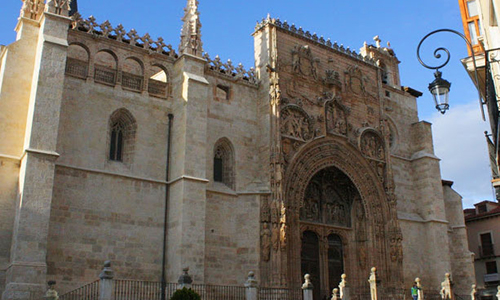
Aranda de Duero, in the south of the province of Burgos, is the capital of the Ribera del Duero region and has more than 33,000 inhabitants. It is home to the headquarters of the Regulatory Council of Lechazo de Castilla y León, as well as the headquarters of Grupo Pascual and GlaxoSmithKline. It is also the headquarters of the Ribera del Duero Wine Route Consortium and, in addition to producing D.O. wines, it is the only town in Castilla y León that produces cava with a designation of origin.